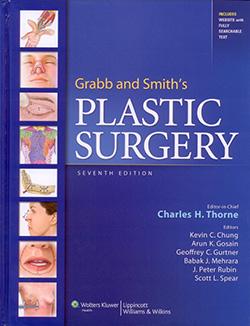Many patients who are unhappy with a facelift come seeking more surgery. The problem is that they often already look like they have had too much surgery. So how do you make someone who looks like he/she has had too much surgery look LESS operated on by doing more surgery?! That’s the challenge and that’s why I find the field of secondary or redo or revision facelifts so interesting. To be honest, it is not always possible to make an operated face look less operated. But frequently it is possible and these patients tend to be enormously grateful. By relieving excessive tension, correcting distortions, redraping the skin in more natural directions, adding small amounts of fat, and correcting the previously uncorrected areas, frequently the face and be brought back into harmony. And that is enormously gratifying.
Patients pursue revision of a previous facelift (also known as a secondary facelift) for a variety of reasons:
Patients tend not to use the word disharmony but I am using it here to describe the situation where a facelift has been performed and it just does not look right. Sometimes the face looks unnatural, or weird, or operated on. In some cases, the cheeks have been addressed but not the neck, leading to disharmony between those two areas and a bizarre look. In other cases, the skin has been redraped in unusual directions. For example, it is common to see the neck creases pulled up on to the cheeks, again resulting in a look that is not quite right.
Most plastic surgeons perform fat grafting to the face at the time of facelifting. Unfortunately, like any good thing, it can be overdone leading to a puffy, over-filled face. In other cases, the face is not overfilled in general but there are areas, such as the lower eyelid, where the fat grafting was overdone or the fat is not exactly in the correct place. Imprecise fat grafting to the lower eyelid can result in lumps and unusual contours.
The incisions for a facelift should be completely invisible. If scars are apparent or in some cases, unsightly, patients will often come for a secondary, or revision, facelift.
Some patients who complain of a botched facelift or as facelift gone wrong, are upset with the distortions of the ear and hairline that goes with an amateurish facelift. If the sideburn has been pulled too high, the result is a very aging look because of the bald area where the sideburn should be. The same is true behind the ear. The ear itself can be distorted by a facelift; most commonly, the lobule is pulled down and forward because the cheek was trimmed with insufficient care. Lastly, some patients notice that the front of the ear looks bizarre because the tragus in front of the ear has been amputated or distorted so that the public can look right into the center of the ear canal.
In some cases, patients say they are not happy with their facelifts but in reality the face is acceptable but the face needs a browlift, or eyelid surgery or a chin implant or setback of the ears (otoplasty). In other patients who complain that they do not like their facelift, the problem is the nose. The nose tends to elongate with aging in many people and the plunging tip of an elongated nose is often what really makes the patient unhappy.
And of course there are patients who are happy with their first procedure but time has passed and they are ready for a secondary procedure.

Dr. Thorne is the Editor-in-Chief and the author of several chapters in Grabb and Smith's PLASTIC SURGERY, 7th Edition.
